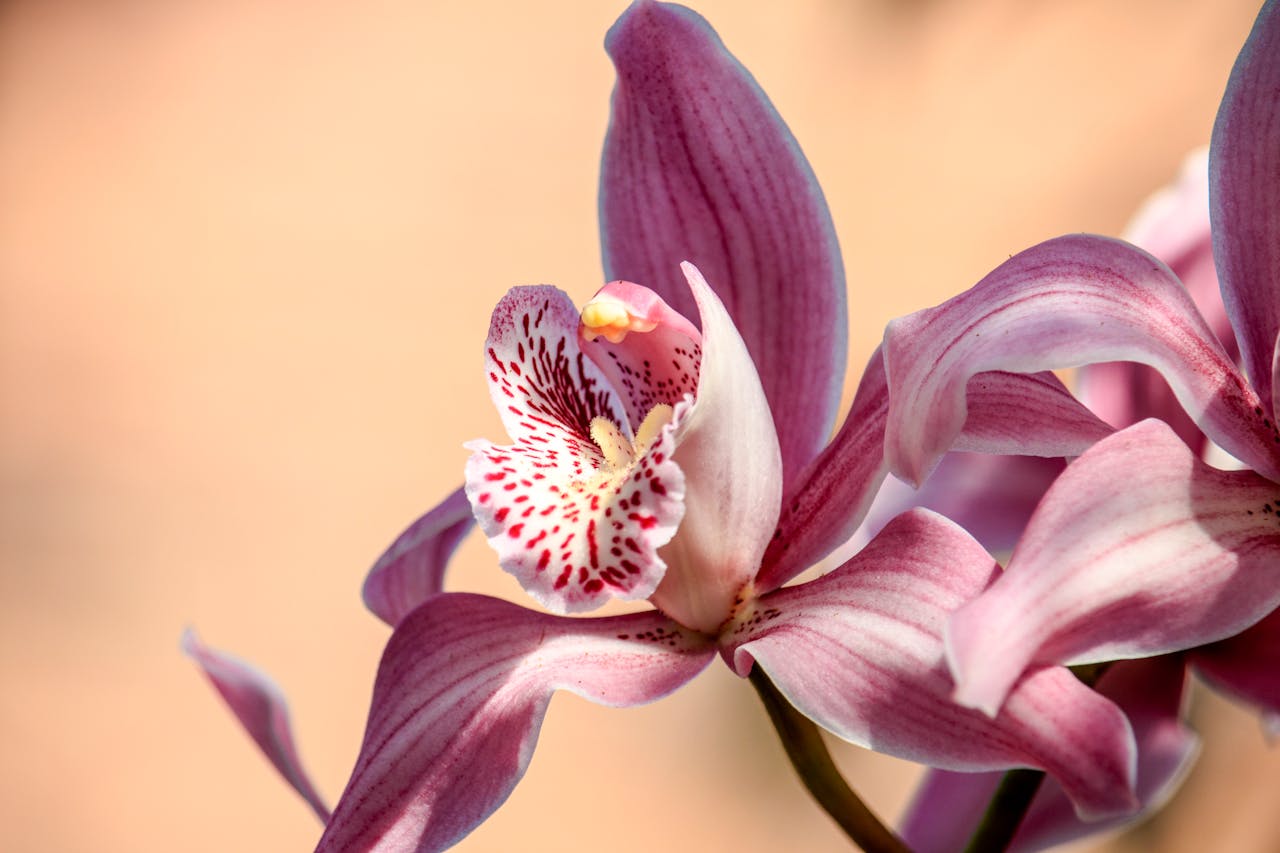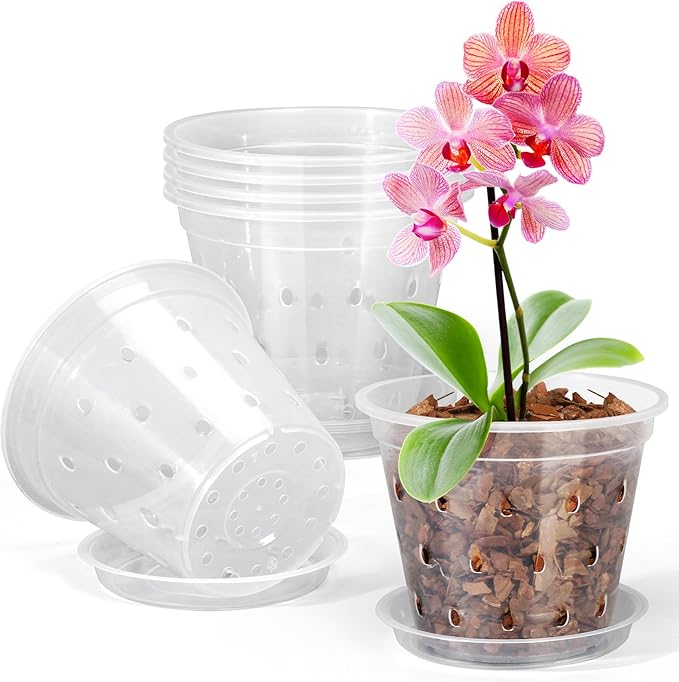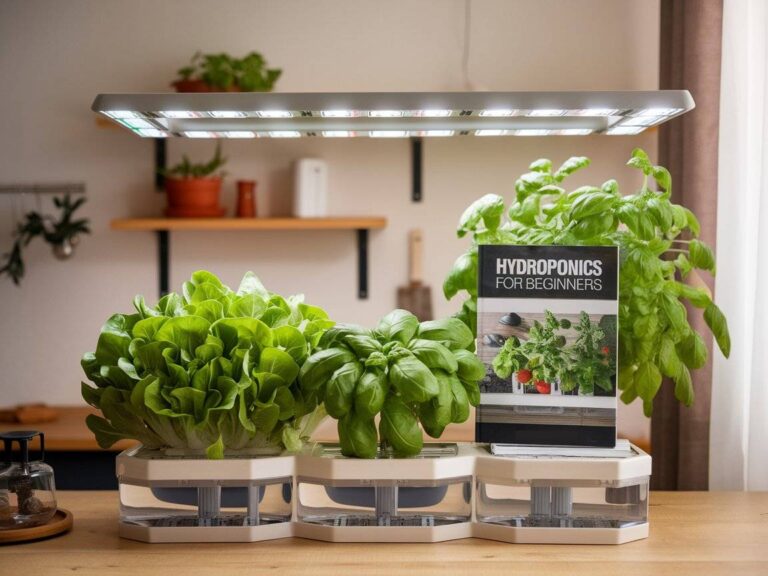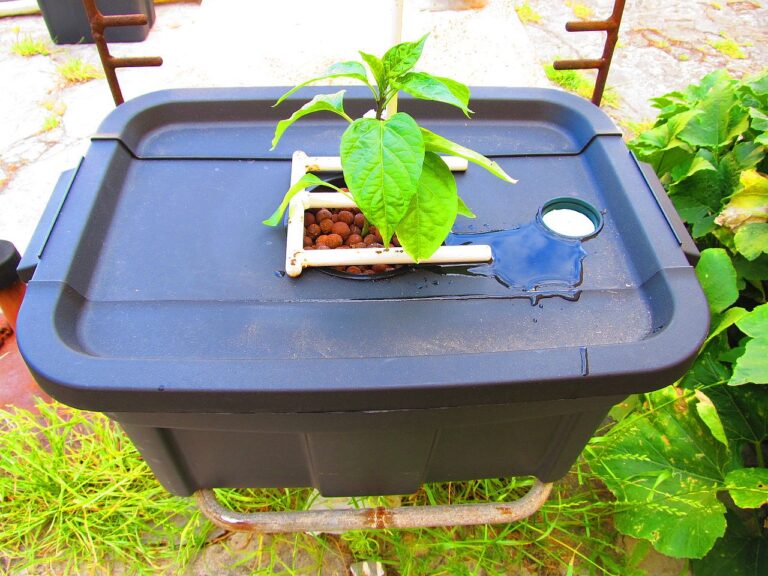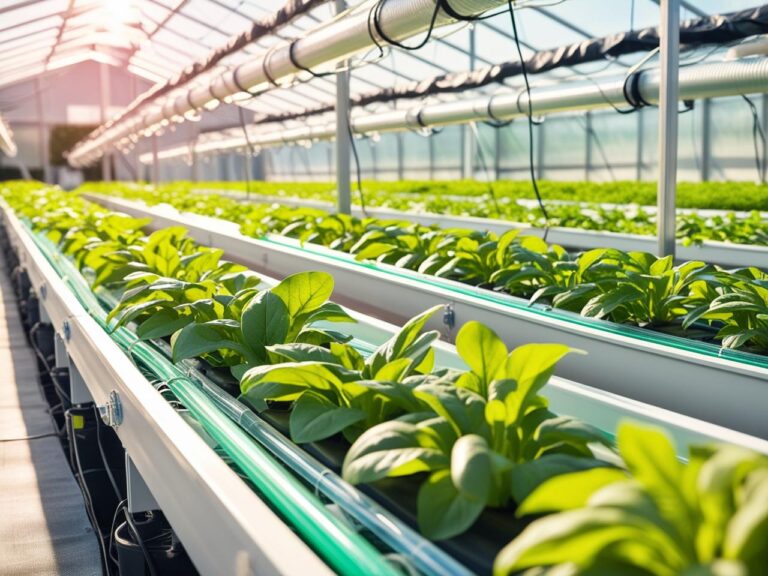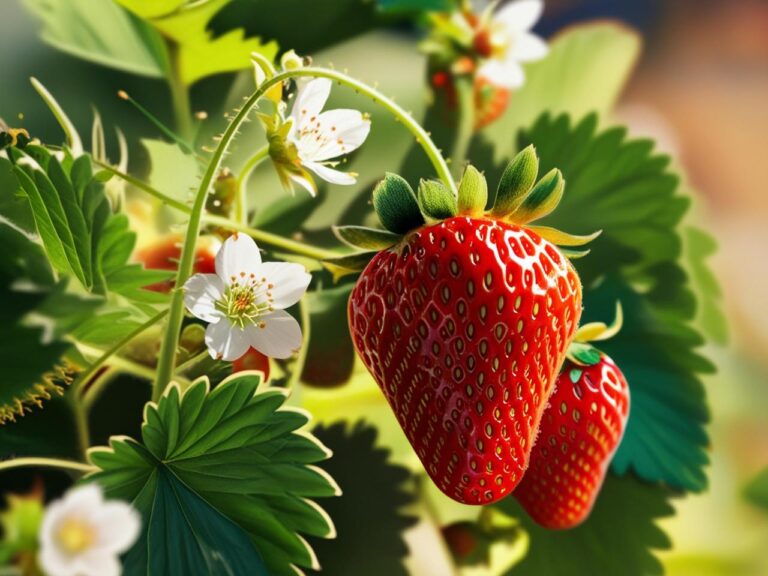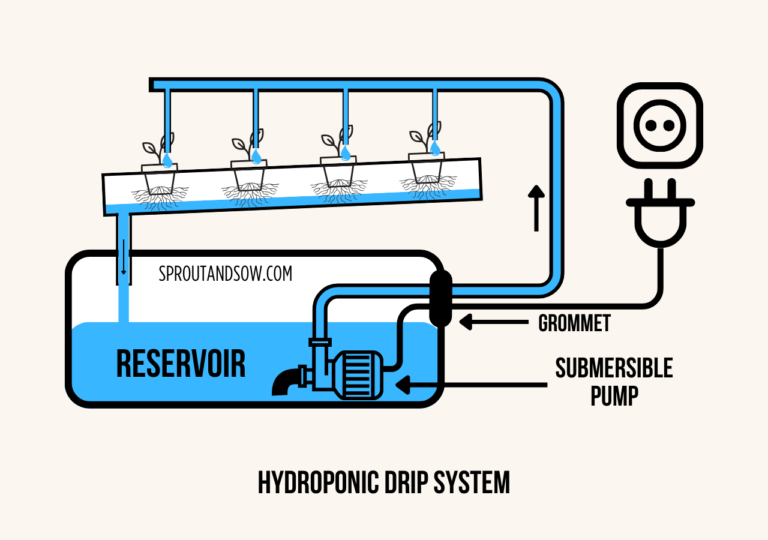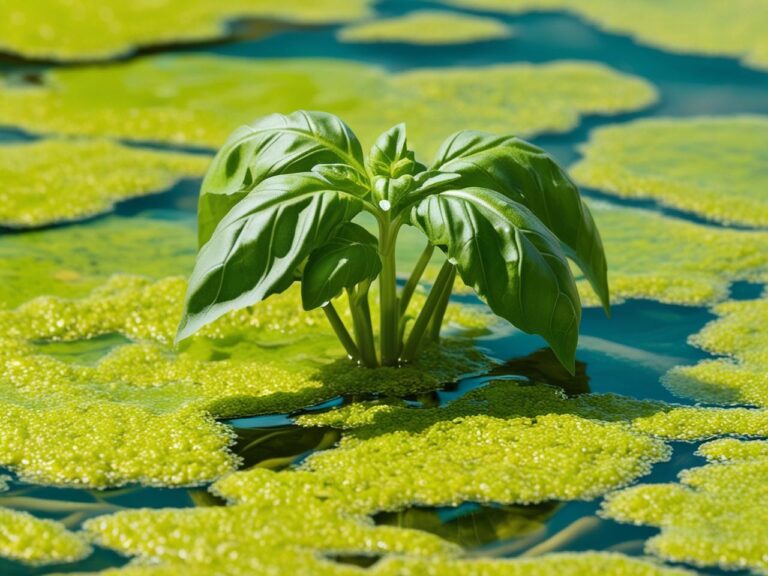Hydroponic Orchid Pots: The Basics
Hydroponic orchid pots are designed to grow orchids without soil by providing the right environment for orchid roots to thrive in water and nutrients alone. This growing method can offer several benefits over traditional soil-based planting, especially for orchids, which have unique root structures that naturally absorb water and nutrients from the air.
Why Use Hydroponic Pots for Orchids?
Orchids are epiphytic plants, meaning in nature they often grow on trees and get their nutrients and moisture from the air. Hydroponic pots mimic this natural environment by providing a consistent nutrient solution directly to the roots. These pots are usually designed with specialized features such as:
- Aeration Holes: Allow oxygen to reach roots directly, essential for preventing root rot and encouraging healthy growth.
- Reservoirs: Hold a small amount of nutrient solution at the base, which the plant’s roots can absorb as needed.
- Drainage Systems: Help maintain proper moisture levels, ensuring that the roots do not sit in too much water.
Benefits of Hydroponic Orchid Pots
- Better Root Health: By providing consistent access to water and nutrients without oversaturation, hydroponic pots help prevent root rot—a common issue with traditional soil.
- Improved Oxygen Access: Since roots can receive air from the specially designed pot structure, this promotes healthier growth.
- Low Maintenance: With a hydroponic pot, there’s less need for frequent watering. The nutrient reservoir allows orchids to draw what they need on their own schedule.
- Pest Resistance: Soil is often a habitat for pests, but hydroponic pots remove that risk, reducing the chances of infestations.
- Root Visibility for Easy Monitoring: Many hydroponic pots for orchids are clear or partially transparent, allowing you to monitor root health without disturbing the plant. You can easily spot root rot or other root health issues early on.
These pots are made specifically for orchids, they are breathable with clear sides so you can monitor root health.
How to Set Up a Hydroponic Orchid Pot
- Select the Right Pot: Choose a pot with a reservoir and aeration features designed for hydroponic use. Some pots are made specifically for orchids with clear sides so you can monitor root health.
- Prepare the Growing Medium: Orchids can grow in water alone or in a medium such as clay pebbles, which supports the plant and helps with oxygen circulation.
- Add Nutrient Solution: Use an orchid-specific hydroponic nutrient solution mixed according to instructions. Fill the reservoir to allow roots access to water but avoid submerging them entirely.
- Place the Orchid: Insert the orchid roots into the pot, ensuring some roots are submerged while others remain above to access air.
- Maintain Proper Conditions: Keep the pot in a warm, well-lit area (indirect sunlight is best), and top off or change the nutrient solution every 1-2 weeks to keep it fresh.
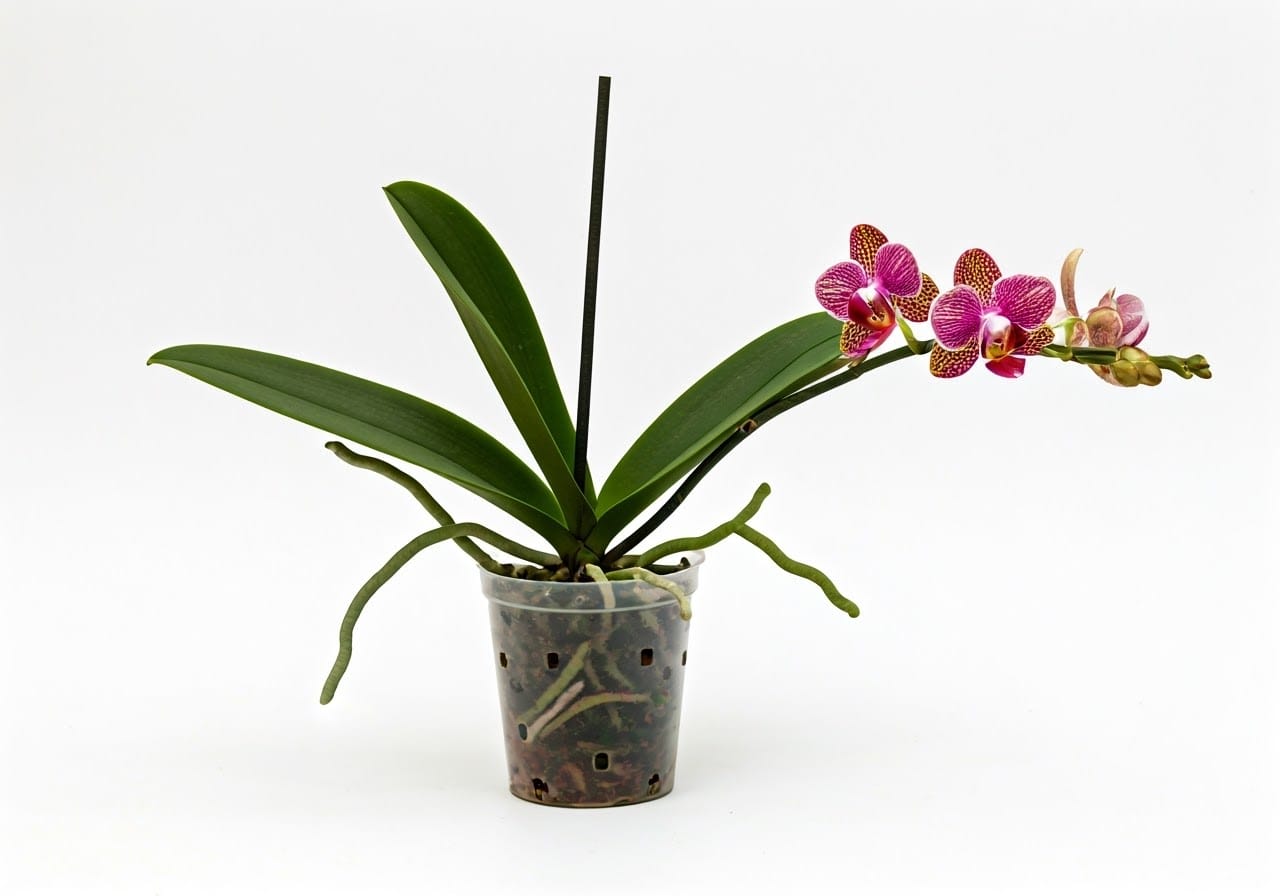
F.A.Q.
- What to do with orchid roots growing out of pot?
Leave them; they’re natural and help absorb moisture. - What do you put in the bottom of an orchid pot?
Use a layer of orchid bark or pebbles for drainage. - Do I take my orchid out of the plastic?
Yes, transfer it to an orchid pot for better growth. - Do orchids need holes in the pot?
Yes, they need drainage holes for airflow and to prevent rot. - Do orchids need sunlight?
They need indirect sunlight, not direct sun. - Do orchid pots need to be clear?
Clear pots help see root health but aren’t necessary. - How often do you water orchids in a pot?
About once a week, depending on humidity and temperature. - How do you get orchids to rebloom in a pot?
Provide a temperature drop at night and consistent care. - How long do orchids last in a pot?
Orchids can live in a pot for many years, often 10-15 years or more, with proper care. Their blooms last 6-12 weeks on average, and they can rebloom multiple times per year.
Conclusion
Hydroponic orchid pots offer a modern, low-maintenance way to care for orchids by providing a consistent and balanced environment for root health. With the right setup and care, hydroponic pots can support beautiful blooms while simplifying the watering and feeding process. So if you’re looking to try a new approach to growing orchids, a hydroponic pot might just be the way to go! Happy Gardening!

